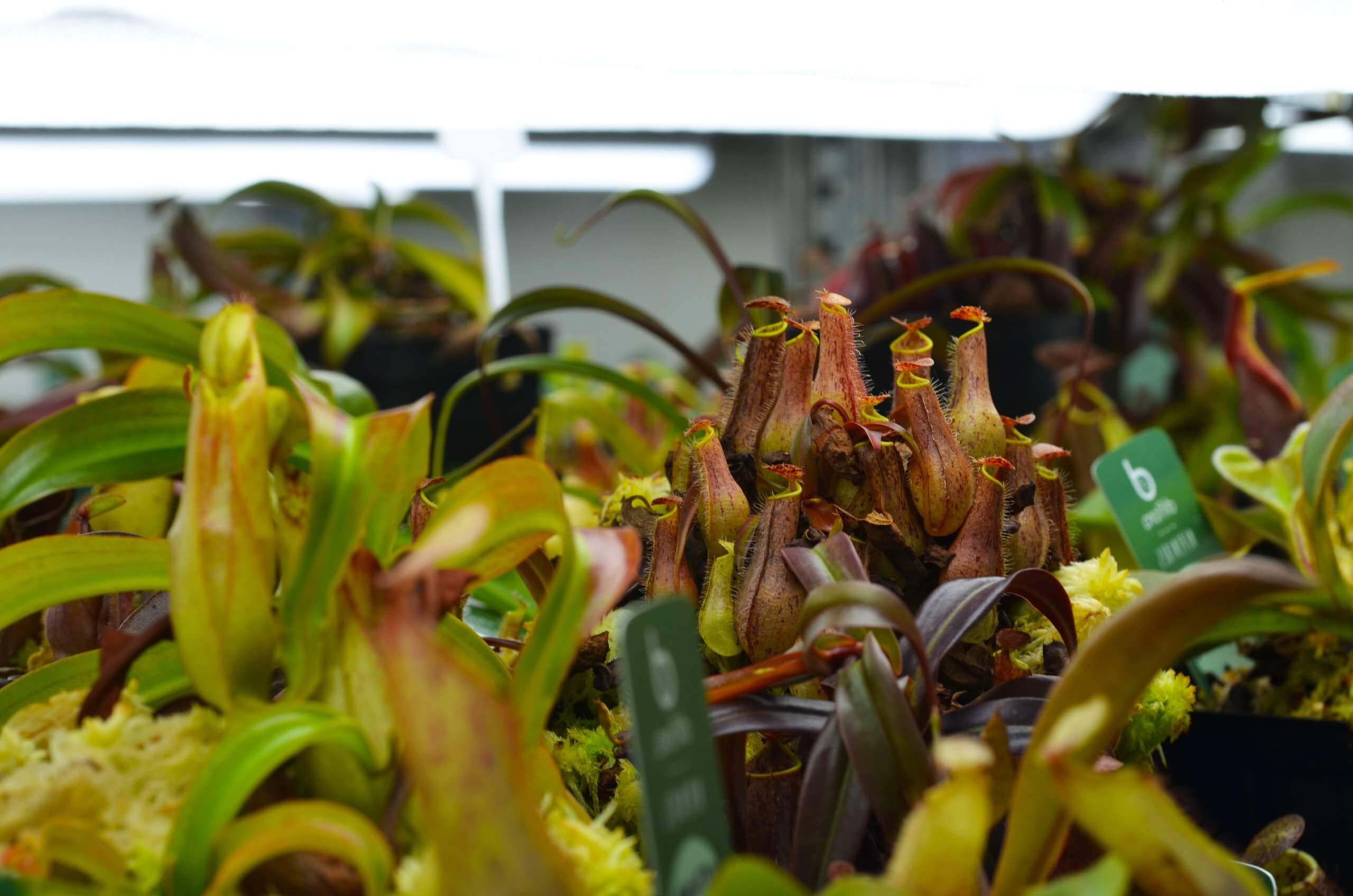What is a Terrarium for Carnivorous Plants?
A terrarium is a closed and controlled environment that mimics the natural conditions of an ecosystem, creating an ideal microclimate for plants. For carnivorous plants, a terrarium is a perfect way to grow them indoors, as it allows you to maintain a constant temperature, humidity, and light—key elements for their growth. This small habitat can be created in transparent containers, such as glass tanks or aquariums, which make it easy to monitor the internal conditions.
Which carnivorous plants can be grown in a Terrarium?
There are several species of carnivorous plants that adapt well to growing in a terrarium. Among the most common are , Nepenthes (pitcher plants), Heliamphora, Cephalotus, Pinguicula. These plants are perfect for a controlled environment, where they can receive the right amount of light and humidity. Also, some Drosera (sundews) and Utricularia (aquatic carnivorous plants) can be cultivated in terrariums, offering a variety of shapes and methods for trapping prey.
How to structure the terrarium?
To ensure the health of carnivorous plants, it’s essential to recreate an environment that meets their natural needs. Light should be bright but indirect, so it’s recommended to use LED or fluorescent lights with a cycle of 12-16 hours of light per day. The ideal temperature ranges from 68 to 86°F (20-30°C), depending on the species, but in general, carnivorous plants thrive in warm and humid environments. To maintain high humidity, it’s important to regularly mist distilled water inside the terrarium and, if necessary, use a small humidifier. Additionally, avoid using tap water, as it may contain minerals that can harm the plants.


